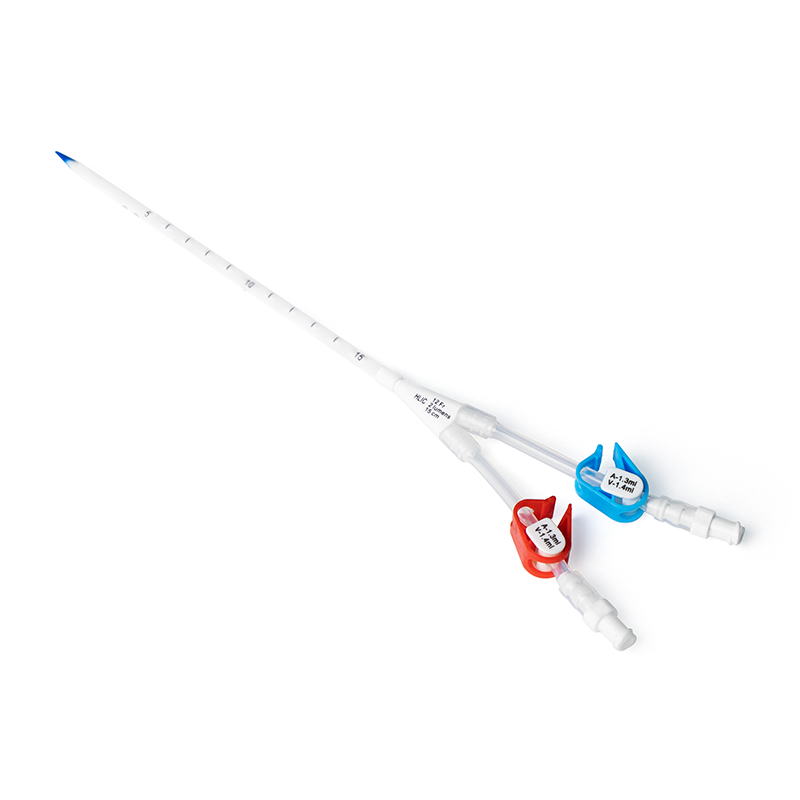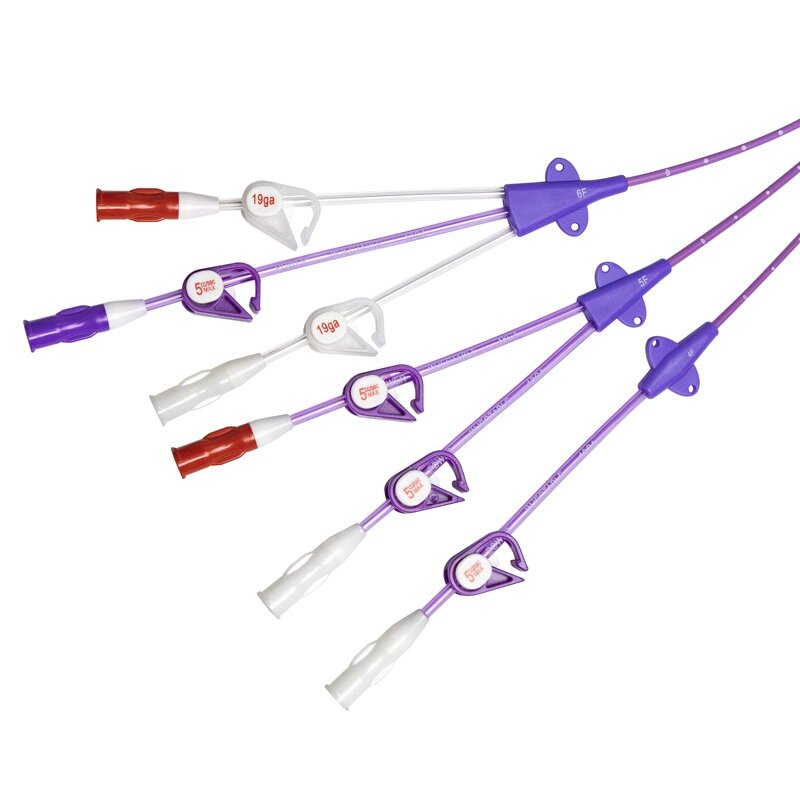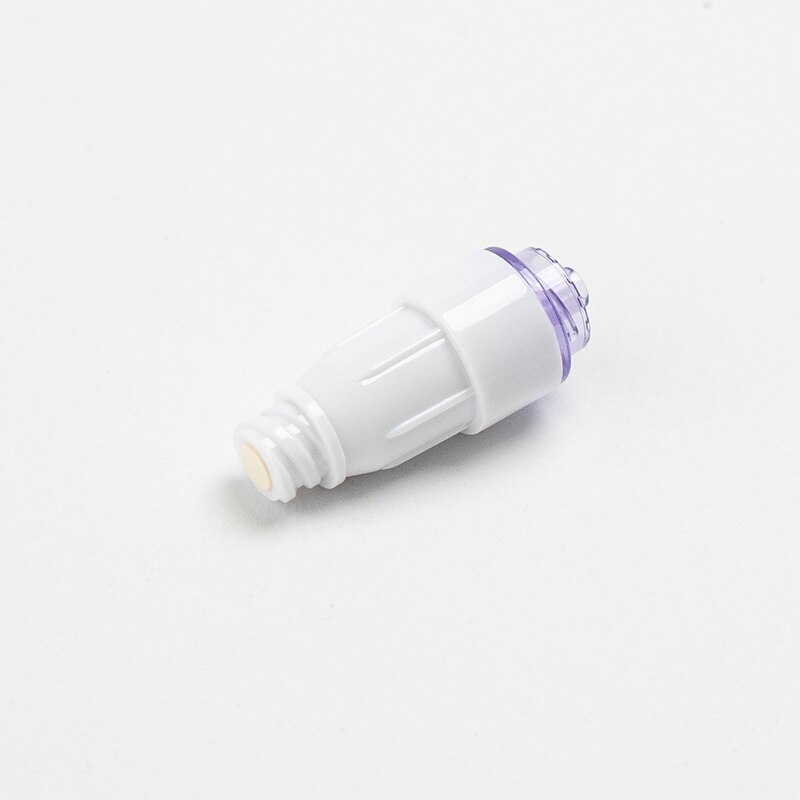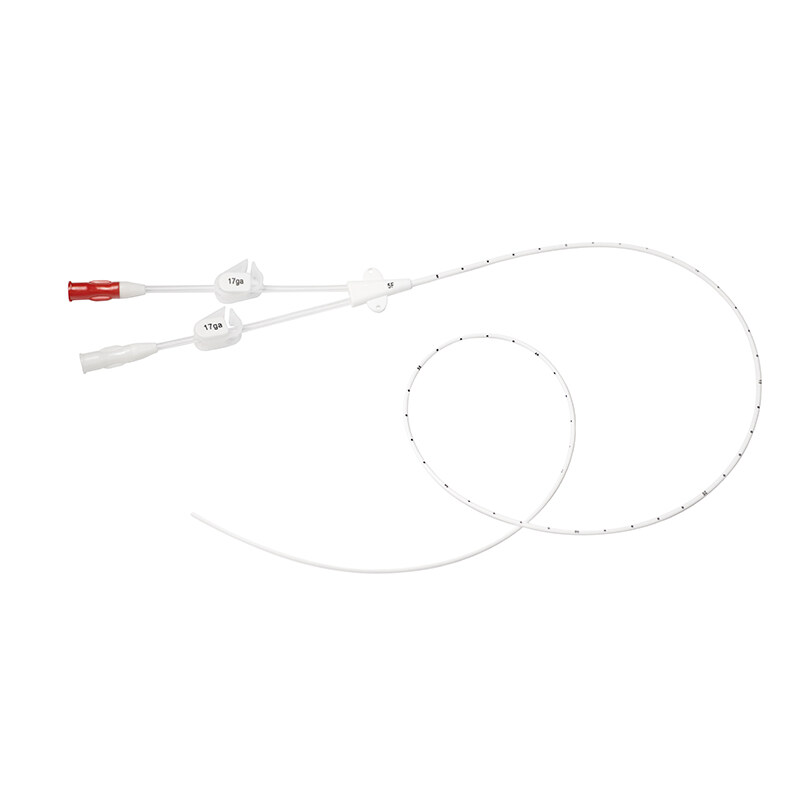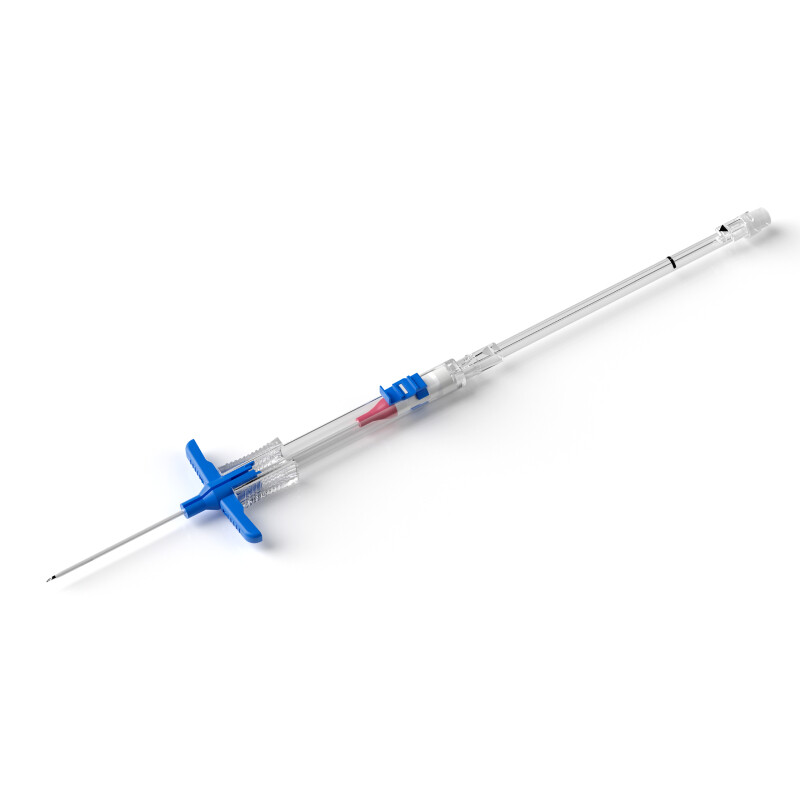Journal: Healthcare
Publication Date: 2024

Patient Information
A 60-year-old male presented to the pain management clinic with "low back pain radiating to the left knee." He had a history of left renal clear cell carcinoma and underwent left nephrectomy in January 2021, with retroperitoneal lymph node metastasis. He had received hormone therapy, chemotherapy, immunotherapy, stereotactic radiotherapy for retroperitoneal metastasis, and radiotherapy for rib metastasis. Apart from malignancy, he had no chronic disease history.
Since 2021, he had been experiencing pain, initially reporting localized low back pain with occasional radiation to the left hip. Pain was controlled and persistent with oral opioid analgesics (fentanyl 10-20 mg every 12 hours and naloxone 5-10 mg) combined with gabapentin.
Patient Condition
In early April 2023, the patient experienced worsening pain and visited the pain clinic. He reported inner thigh pain radiating down to the left knee, with daily persistent pain rated at NRS 3-4, and up to NRS 8 during pain episodes, PDQ score of 12, and CSI score of 37.
By November 2023, symptom severity increased to NRS 8-9 despite medication, with pain intensity and type consistent with previous reports. Lumbar MRI showed no significant dynamic changes in secondary metastatic tumors extending into the intervertebral foramen, no change in T12 level nodules, slight progression in T12 intradural nodules, minor histological changes in the left obturator nerve and para-aortic region, and no suspicious bone lesions. After consultation with a neurosurgeon, the patient was screened for spinal cord stimulation (SCS)/intrathecal drug delivery (ITDD) suitability. Given the patient's severe neuropathic pain, a ten-day course of intravenous lidocaine infusion at 4-5 mg/kg/day was initiated.
Assessment and Discussion
The patient had limited peripheral venous access, and given his cancer history and years of intensive systemic treatment, vein preservation was crucial. He required different pain management approaches for long-term cancer and non-cancer pain. The lidocaine infusion had a pH of approximately 6-7 and an osmolality of about 300, classifying it as a low-irritant drug to the vascular endothelium but with potential risks of thrombophlebitis and deep vein thrombosis. After carefully weighing the risks, explaining the catheter placement and maintenance plan to the patient, and considering his preferences, a midline catheter was placed in an outpatient setting.
Catheter Placement and Maintenance
The midline catheter was inserted in the outpatient pain management clinic's procedure room after obtaining written consent from the patient. The procedure was performed by an anesthesiologist using maximum sterile barriers and ultrasound guidance (linear probe) to place a 4F 20cm MC catheter via the right basilic vein. Blood return was confirmed by aspiration, and the catheter was flushed with 0.9% NaCl. The catheter tip was positioned at the anterior axillary line and confirmed by ultrasound. The pain management clinic monitored the patient daily and changed the dressing every seven days.
Results
The ten-day lidocaine treatment was successfully infused without catheter occlusion or adverse drug reactions. No signs of infection related to the catheter were observed. The patient positively evaluated the catheter placement and subsequent IV drug therapy follow-up. The analgesic effect was significant, with pain levels decreasing from NRS 8-9 to 1-2, and opioid use was reduced or completely stopped. After ten infusions over ten days, the midline catheter was removed in the pain management clinic.
Evaluation
The use of a midline catheter was easy and safe for this patient, improving comfort and saving healthcare staff time. It is reasonable to educate healthcare providers about the potential uses of midline catheters and encourage their use. Further research is needed to evaluate the widespread use of midline catheters and their role in outpatient care.

